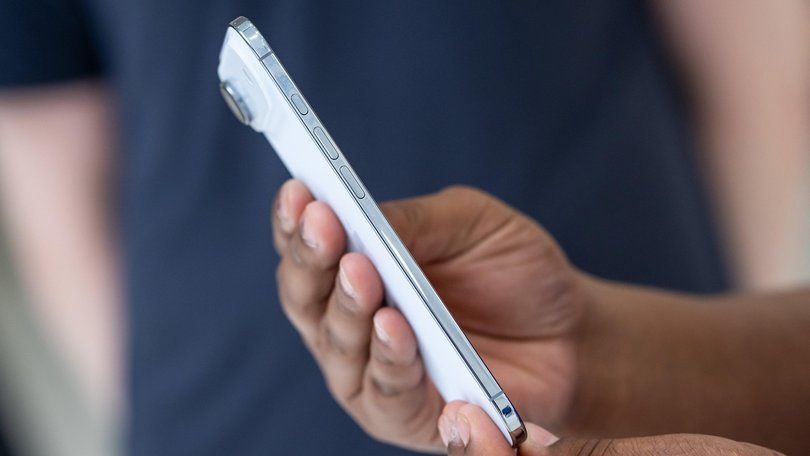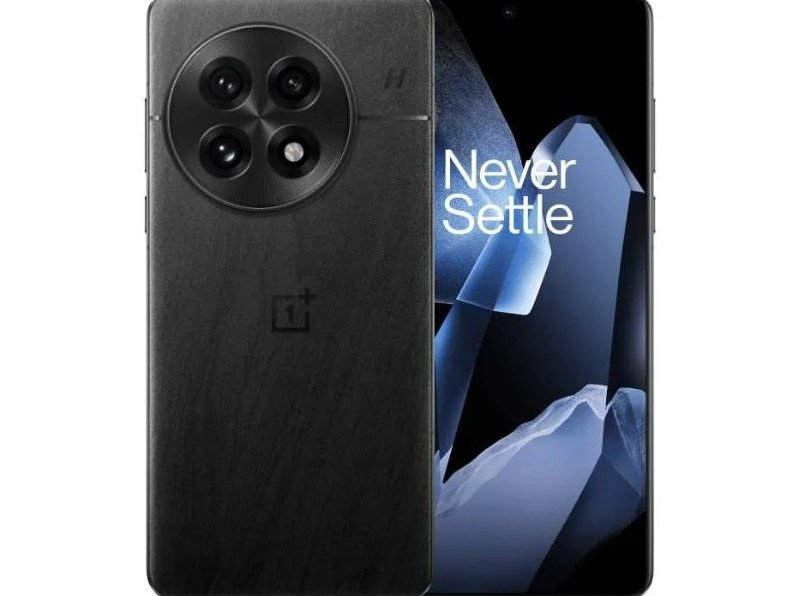THE WASHINGTON POST: We want better battery life in phones. Apple’s iPhone Air did the opposite

Phone users badly want better battery life, according to YouGov surveys and smartphone company executives. But Apple’s splashiest new iPhone introduced on Tuesday (local time), the iPhone Air, has a slim and lightweight design that only leaves room for a battery with less juice. News reports have previously said it might not last a full day before you need to plug it in. Apple said the iPhone Air gets “all-day battery life.” A representative didn’t immediately respond to follow-up questions. Samsung also started selling a slimmer, battery-compromised smartphone in May. One reviewer said that you might need to recharge it before the end of the day. But there are smartphones for sale right now that are thin, lightweight and let you go two days or more before you need to recharge. They’re using a relatively new technology to pack in more battery capacity. The wrinkle? They’re mostly coming from Chinese smartphone brands that aren’t as easily available as Apple and Samsung. I want to tell you about these long-lasting phones that use next-generation battery technology. This technology will become readily available eventually, and it points to a future in which your phone might last a week before you need to plug it in and you won’t have “range anxiety” with electric cars.
New batteries for our constant phone use
Just in the past year or two, a growing number of smartphones have started to use a twist on the lithium-ion batteries that power our rechargeable phones, laptops, electric cars and cardiac pacemakers.
Sign up to The Nightly's newsletters.
Get the first look at the digital newspaper, curated daily stories and breaking headlines delivered to your inbox.
By continuing you agree to our Terms and Privacy Policy.Reeja Jayan, a professor of mechanical engineering at Carnegie Mellon University, compared a lithium-ion battery to a sandwich. These newer batteries add an element called silicon to the typical carbon material in one of the metaphorical slices of bread.
Adding silicon can pack more energy into the same space compared with a conventional rechargeable battery, Ms Jayan said. We need better batteries to keep up with our constant phone use, including for battery-demanding features such as artificial intelligence and streaming video.

That was two-and-a-half hours more than the battery life for the top-end iPhone 16 Pro Max, whose starting price was $US300 ($455) more than the OnePlus 13.
The Apple representative didn’t immediately respond to a question about the battery test.
If the new battery technologies become widespread, Ms Jayan said that you might need to charge your phone just once a week. “That’s what is transformational about this tech,” she said.
The battery technology has also meant that Chinese companies such as OnePlus, Honor and Xiaomi, have pushed the envelope with phones that unfurl into slim, tablet-sized screens.
The Washington Post’s Chris Velazco liked one of these phones so much, the Honor Magic V5, that he’s largely ditched his iPhone. He says he can often go nearly two days before plugging in. He bought his in Hong Kong.
What about Apple and Samsung?
The two top-selling phone makers in the world are rarely the first to use the newest technologies for batteries (or most other things). They’re not using silicon-carbon batteries. Apple and Samsung will take their time to make sure silicon-carbon or other new battery types work flawlessly and at an affordable costs.
The downsides of silicon-carbon batteries, at least for now, is they cost manufacturers more and they typically have a shorter lifespan than conventional lithium-ion batteries. That means after a few years, a phone with this new battery type could feel sluggish or the battery won’t last you as long.
Apple and Samsung also don’t need to try as hard as smaller smartphone companies to catch your eye with novel features. People will buy their phones no matter what — especially in countries where the two companies have an unusually strong dominance.
And all smartphones are being tailored to give you more performance for the same or better battery life, said Rajiv Nambiar, senior vice president of engineering for Qualcomm, whose computer chips power most smartphones. He said that people refuse to compromise on having a phone that does everything without sacrificing battery life or sleek designs.
Ms Jayan also said that silicon-carbon batteries are just one glimpse at the flourishing of innovation in battery technology — which so far has been dominated by China.
The new ideas could bring us more capable, affordable and less harmful electronics, cars, home battery storage and defence technologies such as drones, said Ms Jayan, who founded a battery start-up.
Ms Jayan also confessed that she’s personally eager for longer battery life that new technologies can bring. She constantly forgets to plug in her electronics before they run out of juice.
I use a battery-hogging app for bird watching and always carry a battery pack to avoid running out of juice. I don’t want to do this.
(c) 2025 , The Washington Post
Originally published as https://www.washingtonpost.com/technology/2025/09/09/iphone-17-air-battery-life/
